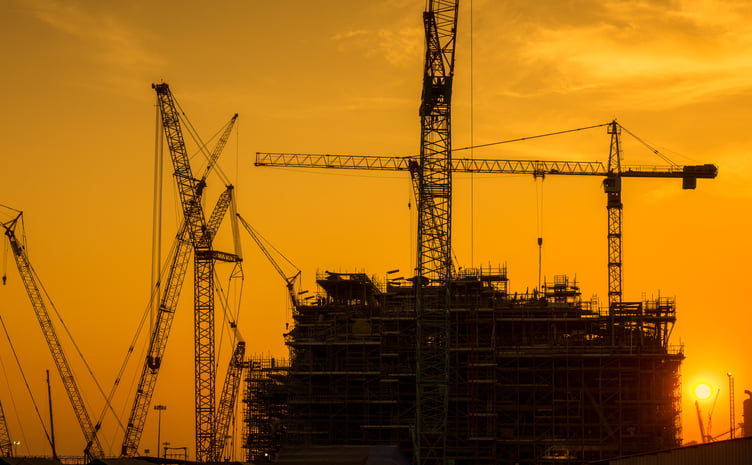 |
| Photo by Engin Akyurt from Pexels |
Recently, City Developments Limited’s (CDL) head honcho has been on the news, saying ABSD for developers could be contributing to our supply glut. Is he right, or is this just the usual developer complaints about policy? Here’s the quickie explanation so you can make up your own mind:
What is this “ABSD for developers” anyway?

The Additional Buyers Stamp Duty (ABSD) applies to developers, when they buy land to build a new project. This is 30 per cent of the land price, of which they can get back 25 per cent if they complete and sell everything within five years. You can check out more details on the IRAS website.
This wasn’t just done to torment developers, although that’s definitely the impression some of them have. The government imposed the ABSD to prevent land hoarding (that’s when developers purposely hold back launches, to create artificial housing scarcity and drive home prices up.)
How could this worsen the current supply glut?
Because of the short time limit, developers have to rush to put new projects on the market. This is especially true for mega-projects, such as those with 1,000 or more units (note that developers have the same five years to complete and sell everything, regardless of the project size.)

This results in launches taking place even when they normally wouldn’t. Take the current oversupply: we had a supply overhang of 31,948 units as of 30th September this year, and that number of homes is expected to take four years to clear. Also, there were 4,377 unsold units from launches in Q3 this year (excluding Executive Condominiums). While not a large number in itself, it’s around 101 per cent more than the number we saw in Q3 2018.
But rather than hold back because of this, developers still need to go full speed ahead with new launches. The 30 per cent ABSD means its still less painful for them to launch in a bad time, than to pay the penalty. As such, the ABSD deadline can worsen oversupply.
Is this good or bad for us?
For home buyers, the oversupply (and the ABSD deadline) works in their favour. While it’s unlikely to cause prices to fall (because developers already paid a given price for the land), it does slow the pace of price increases. You can probably see how, on the flip side, the oversupply is bad for sellers, who hope for their properties to appreciate.
The oversupply also dims hopes, for those desiring an en-bloc. Collective sales are less likely in a situation where there’s already oversupply. More importantly, the five-year ABSD time limit is unchanged despite the size of the development. Think about it:
If you face a five-year time limit, which are you more willing to try to develop and sell: a project with 300 units and smaller facilities, or a 1,000+ unit mega-project with huge landscaped areas, multiple pools, more foundations needed, etc.? The ABSD deadline inclines many developers toward smaller projects, which reduces en-bloc chances for big condos.
But there are some exceptional factors to consider

Again, we should refrain from thinking the oversupply will cause plummeting property values. It very likely won’t, for reasons we discuss in depth in this article. Private property prices have also been healthy of late – they rose 2.1 per cent in Q3 2019, and last year we saw prices rise by over nine per cent in Q2.
Second, there was unusual distortion in 2017, when foreign developers flooded the market and started an en-bloc fever. This is a contributor to the current oversupply; so perhaps any measure to ease ABSD for developers should be temporary, and just to overcome this immediate situation.
What do you think of the current supply glut? Voice your thoughts in our comments section or on our Facebook community page.
Looking for a property? Find the home of your dreams today on Singapore’s largest property portal 99.co! You can also access a wide range of tools to calculate your down payments and loan repayments, to make an informed purchase.
2 days ago · 4 min read ·
Source: 99.co (14 Dec 2019)